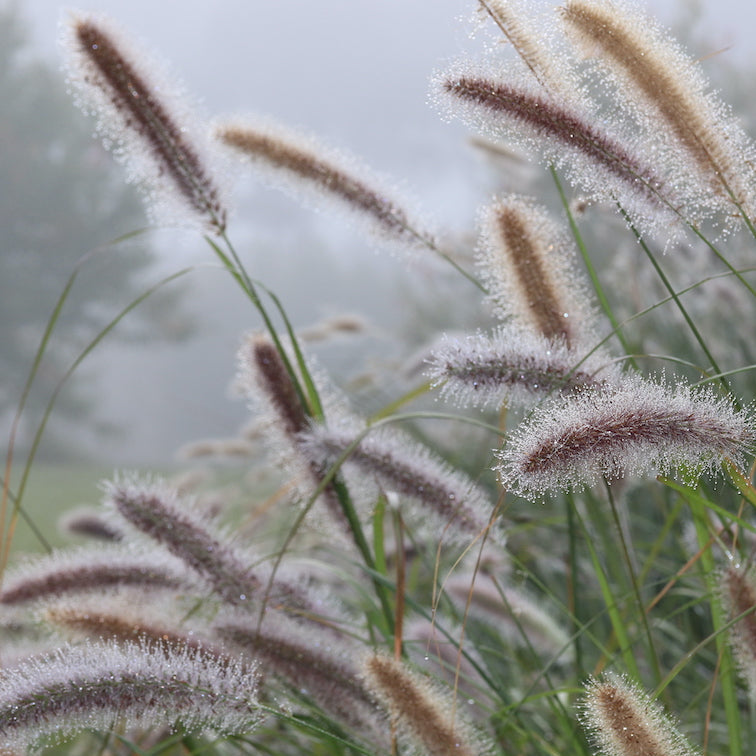Amsonia tabernaemontana



In a recent trip to the RHS Wisley, England (photographed above) we were astounded by the Piet Oudolf commissioned garden. It was such a privilege to be in this environment. It was like breathing in creativity itself!
Along with Phlomis, Veronicastrums, Phlox and many grasses, the blue star-like flowers of Amsonia which were repeated regularly were completely mesmerising. There were new cultivars, like ‘Blue Ice’ and straight species forms but all had our attention, not only for their blue star-like flowers, but their strong well rounded bushy form with lanceolate leaves.




Many years ago we acquired a few Amsonia tabernaemontana and planted them in the nusery beds. They have performed adequately under no irrigation and in decent soil. But after seeing the use of Amsonia by Piet at RHS Wisley, the plants in our nursery beds were dug up and reassigned to the house garden which is under irrigation. It is with much excitement that we have watched them flourish this Spring. It is amazing that an old plant almost forgotten in the nursery beds can create so much excitement after seeing how well it can be used.
Amsonias are herbaceous perennials that not only give superb blue flowers in Spring and Summer, but also a great Autumn show of foliage colour before they dive below the surface for Winter.
Amsonia are in the Apocynaceae family, hence producing a milky sap which deters predation by pests. However, unlike others in this plant family – namely Oleander, they are not harmful to humans.
A sweep of Amsonia is a very appealing sight, which could be grown for foliage alone but add the star-like blue flowers and there is a very attractive sight.
While commonly featured in books about perennials, they don’t usually make it to the top of ‘must grow’ lists, but perhaps they should? We certainly can’t wait to acquire other species and cultivars to trial in our unique climate.



Leave a comment